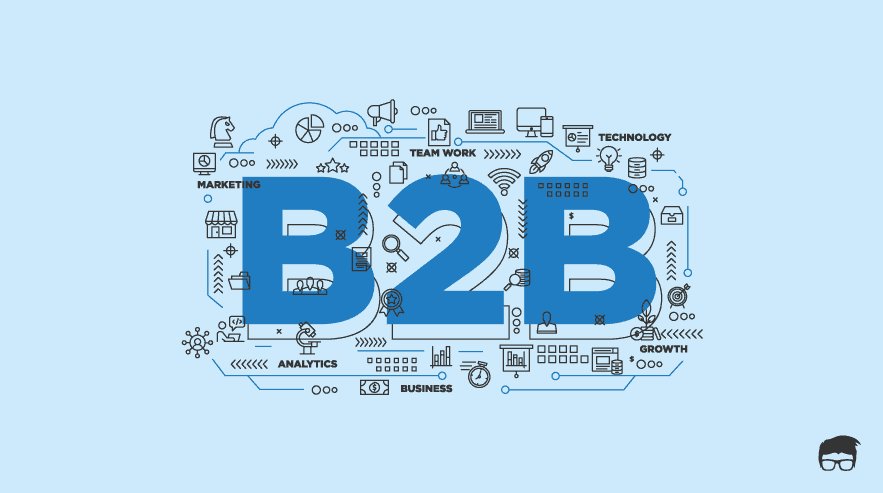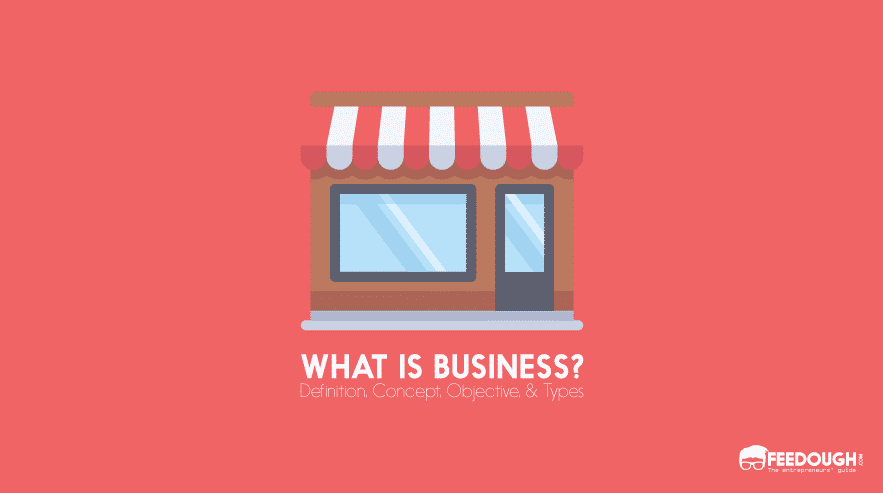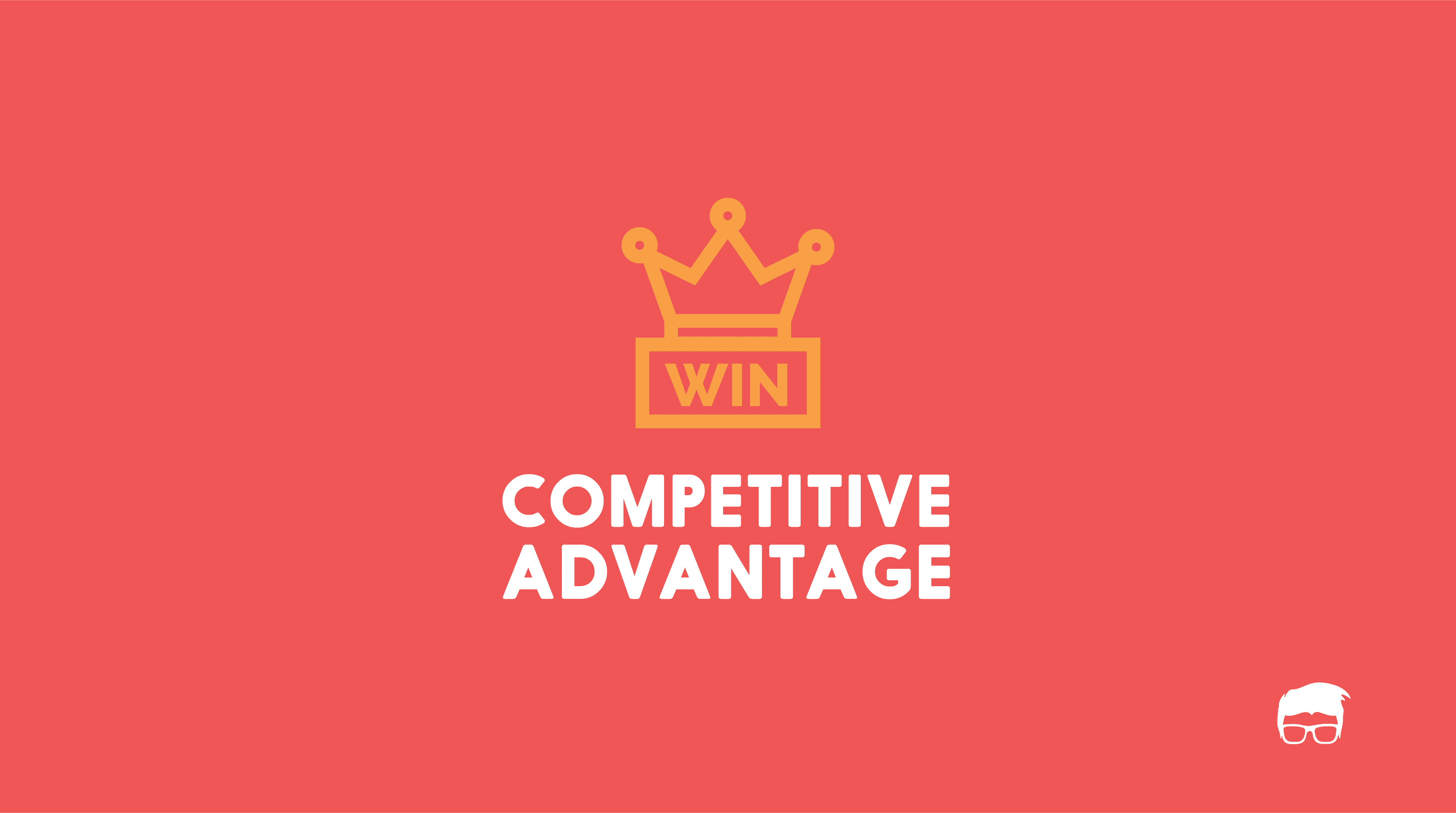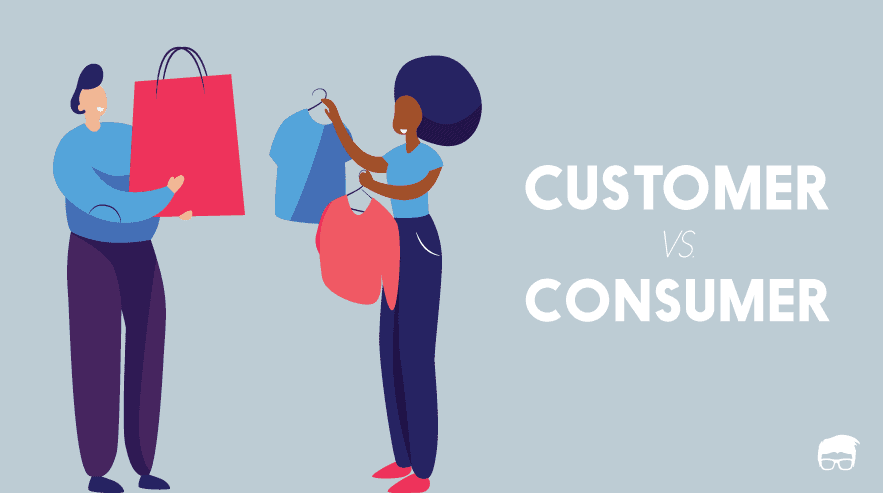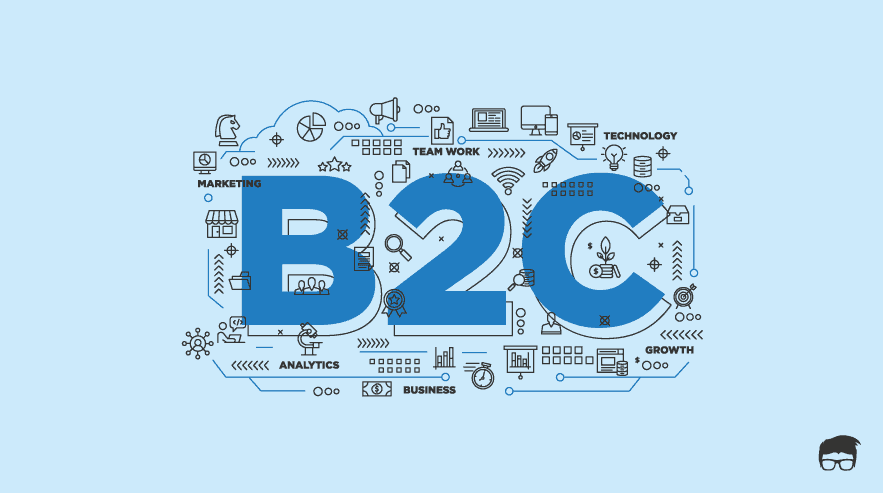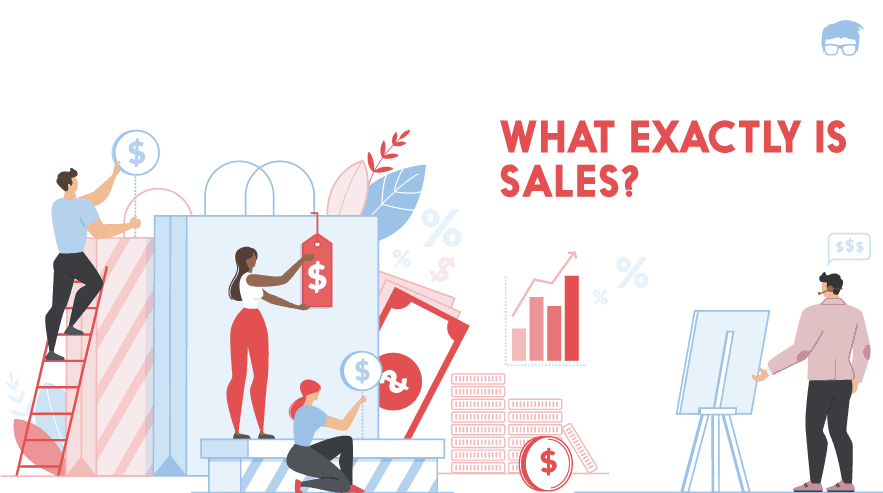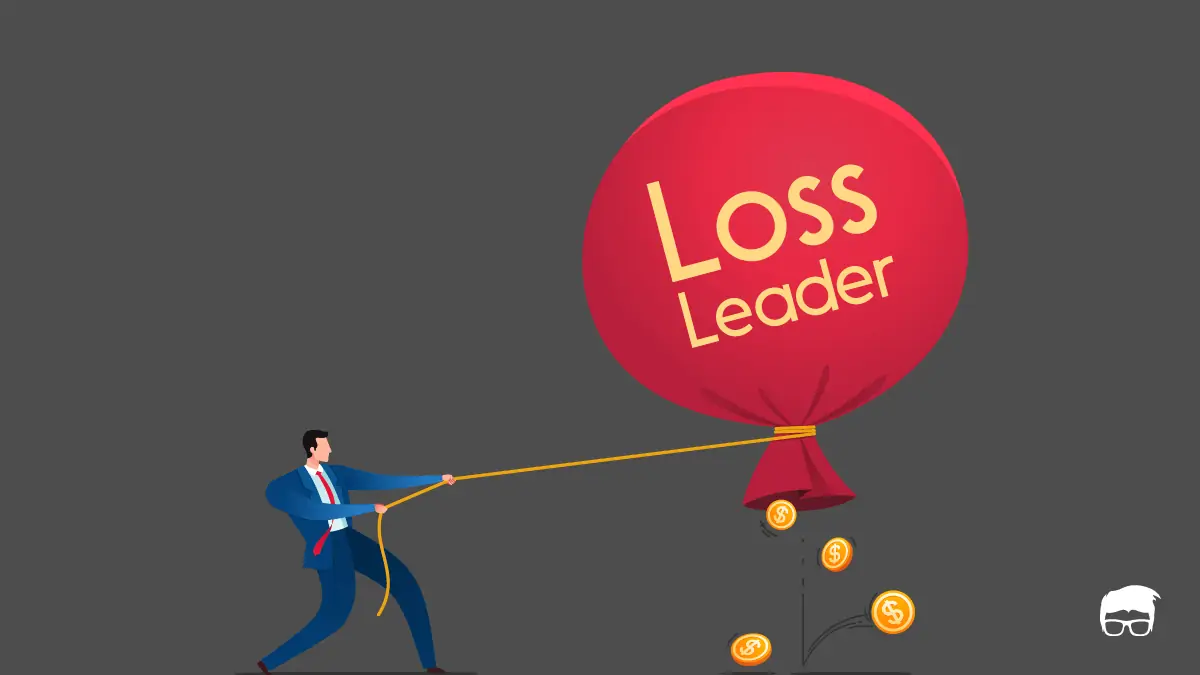While there are many types of businesses, the majority of the businesses out there depend on B2B suppliers and companies in order to function.
What are these B2B companies and why are they called B2B?
Well, let’s find out.
What is Business to Business (B2B)?
Business to Business (B2B or B to B) is the method of doing commerce where businesses trade and transact with other businesses rather than end customers. These businesses use the traded offering to step up their offering or to resell it to make profits.
This is in contrast to the businesses selling to customers. Take the example –
A company manufactures automotive parts say, brake pads and supplies them to an automotive manufacturer who builds the entire vehicle. This company is said to follow the B2B model. It is a business that serves another business.
Simple as that.
Any business model which creates value for other businesses to consume this value is said to have a Business to Business (B2B) model of operation (B2B model). Also, B2B is different from B2C business model as it focuses on creating value for businesses not end consumers.
B2B vs B2C
B2C or Business to Consumer is the type of business model where the business serves the customer and unlike B2B, does not serve other businesses.
This brings us to –
The basic different types of B2B models.
Types of B2B Models
With B2B being a large and complex model, it can be classified into popular and mainstream types –
Product-based B2B Model
The product-based B2B model is a type of B2B model where the business sells physical products to other businesses. This business may act as a supplier and sell your customized products to various other businesses. Know that the business is servicing other enterprises and companies; not consumers or individuals.
An example of a product-based B2B company would be one that sells security hardware to businesses and institutions. Kisi is a great example of a B2B company providing other businesses with security hardware.
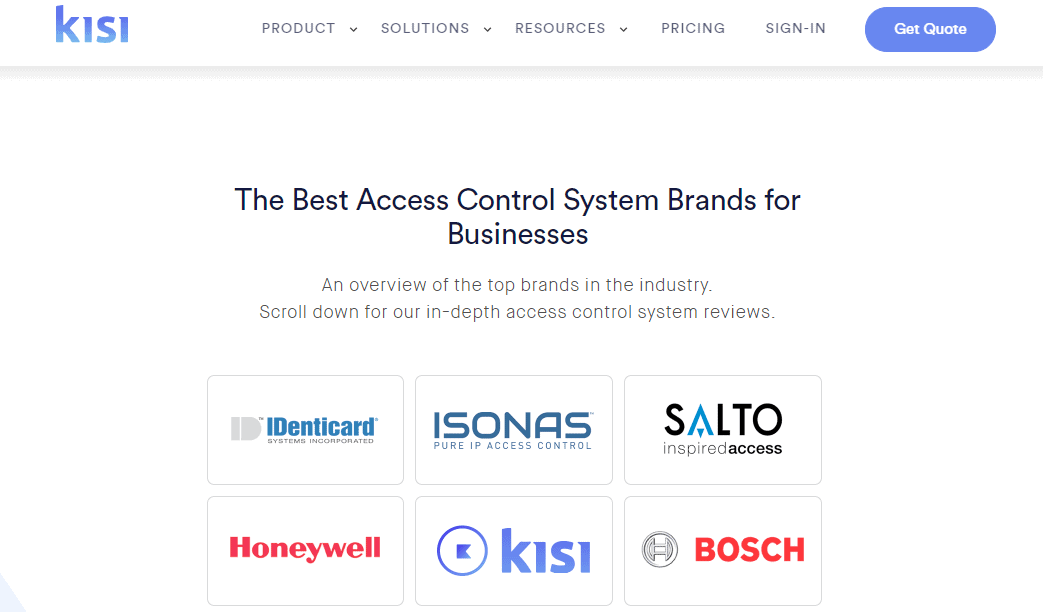
Also, product-based B2B companies can have a physical or online presence or both and it also helps to mention that the products are generally physical (in nature), hence requiring a much higher initial investment and overhead costs compared to other B2B types.
Service-based B2B Model
A company with a service-based B2B model functions exactly as the name suggests – it helps provide other businesses with services of its own.
A few examples of Service-based B2B businesses would be –
- Providing consultancy services
- Marketing Agencies
- Call management services
- Employee Training Services
- Providing translation services
Rioks is a great example of a service-based B2B company. It provides marketing consultancy services to other businesses to improve their marketing reach and strategies.

Service-based B2B companies are many and large since it is much simpler to scale up accordingly. Also, service-based B2B companies are easier to set up and run compared to product-based B2B businesses. While these service-based B2B companies could have an online or physical presence or both, it depends on the service that the company provides.
Software-based B2B Model
Software-based B2B companies can come under either “product” or “service” based B2B model. While the latter deals in providing services to other people, the former provides software solutions to them. This warrants a separate model for software since there are a lot of products and services provided as software-based tools to other businesses.
The software-based B2B model can be split primarily into –
- “Product-focussed” software-based B2B model
- “Service-focussed” software-based B2B model (SAAS model)
“Product-focussed” software-based B2B model
Xero and Freshbooks are great examples of “product-focussed” software-based B2B companies in which they provide accounting and invoicing software to businesses respectively.

“Service-focussed” software-based B2B model (SAAS model)
Salesforce is a great example of a “service-focussed” software-based B2B company. Salesforce provides Customer Relationship Management (CRM) and cloud services to other enterprises and companies.
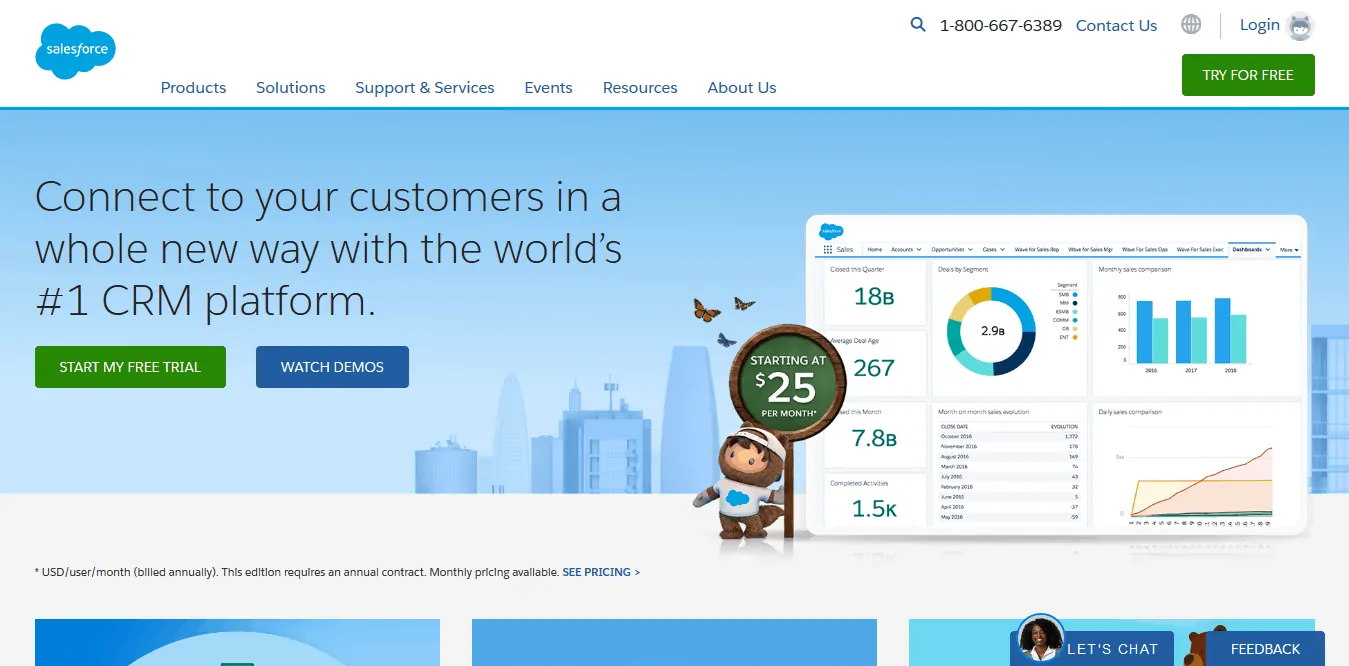
The software-based solutions are usually membership or subscription-based and are the easiest to scale accordingly; since the software can be deployed or removed quite quickly and instantly as required.
While these are a few major and distinguishable types of B2B models, there are a lot of other types which are the hybrid mixes of the above few. But there is one other field that helps to be categorized separately – B2B-based ecommerce.
B2B Ecommerce
B2B ecommerce is the selling and buying of goods between businesses through the use of online marketplaces. Ecommerce is a major field of the B2B model and it works really works well, be it servicing customers or businesses. The B2B ecommerce field can be divided into three different sub-models. They are –
Supplier Centric Model
In supplier centric model, the ecommerce business acts as the supplier for other businesses. This is mostly due to there being more buyers and fewer sellers on the market. Under this model, the business tends to sell their products via their own or other platforms to various other businesses.
Cisco is a great example of supplier centric model – it owns its own marketplace through which it sells network equipment to other businesses.
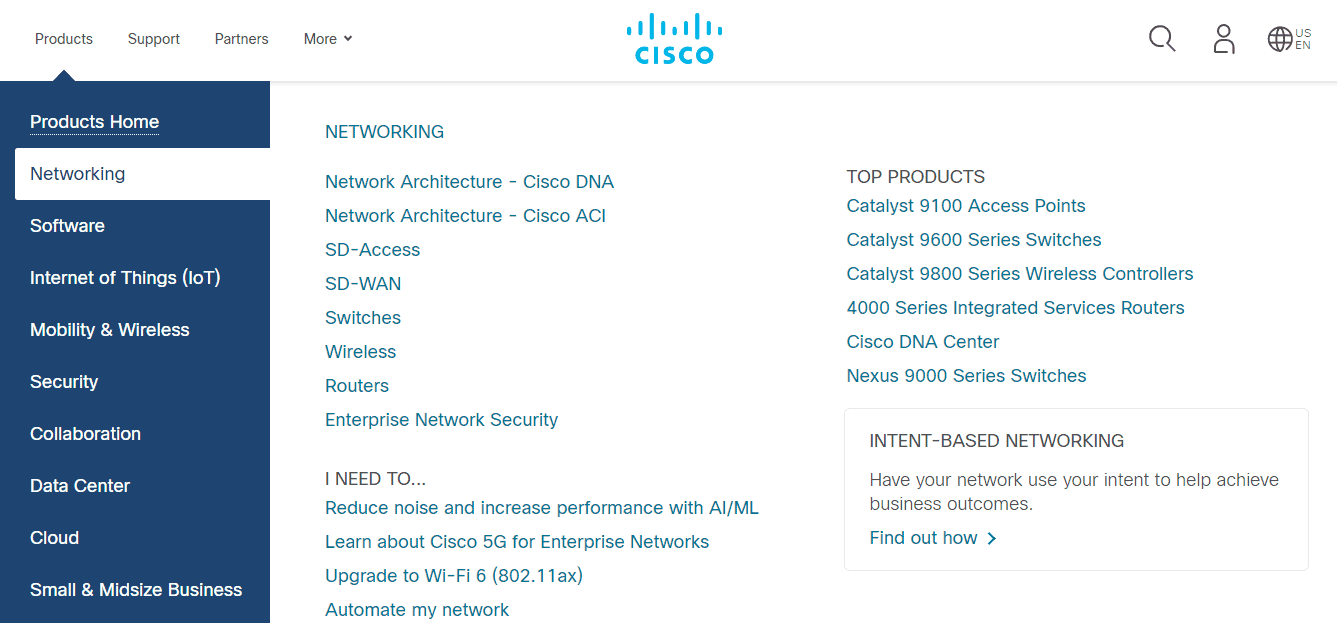
Supplier centric model means that you tend to have control over the pricing and inventory of the products.
Buyer Centric Model
In the buyer-centric model, the ecommerce business is looking to procure products and has its own online marketplace – inviting suppliers (read: other businesses) to put up their products and quotations on it in order to compare and decide on the best accordingly.
Walmart is a great example when it comes to the buyer-centric model. Walmart has a global presence and purchases huge quantities in bulk most of the time. It also tends to procure its supplies from local suppliers rather than importing them from somewhere else.
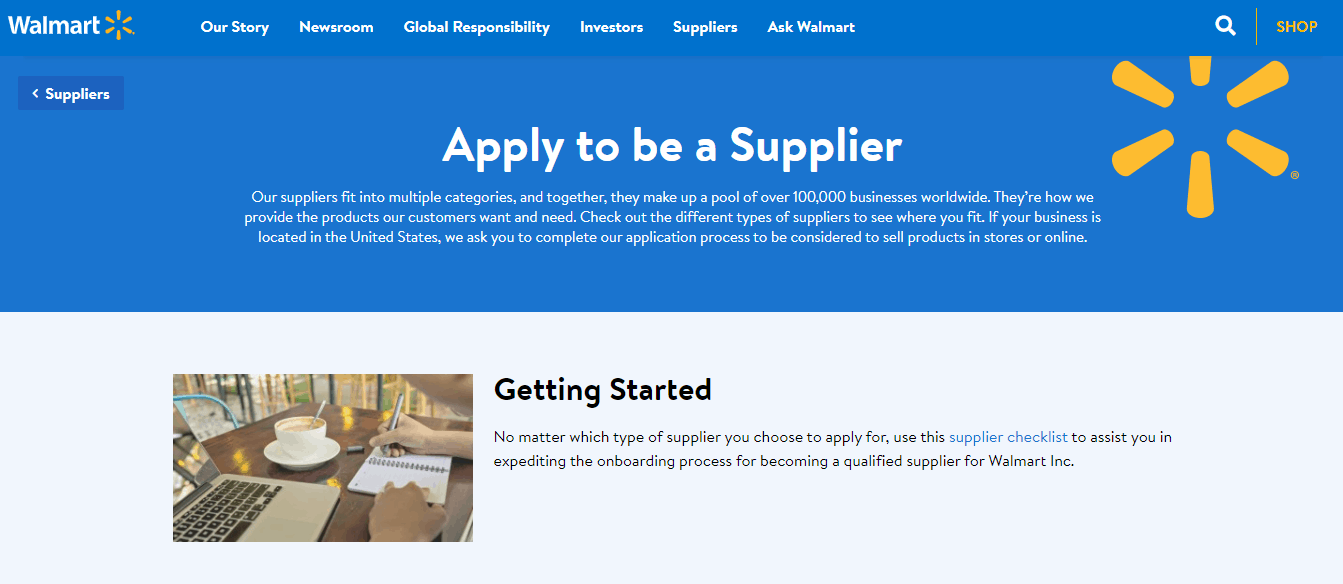
This has led them to come up with standards and an online marketplace for suppliers to enter and bid to become the supplier for Walmart.
Intermediary Centric Model
In this model, the ecommerce business tends to act as the intermediary, helping connect the buyers and sellers. This is feasible in markets or sectors having a lot of sellers and buyers. The ecommerce business has a platform or marketplace helping connect and facilitate the transaction between businesses.
Alibaba, the Chinese-based e-commerce site is a great example. Unlike Amazon, it mainly focuses on serving businesses.
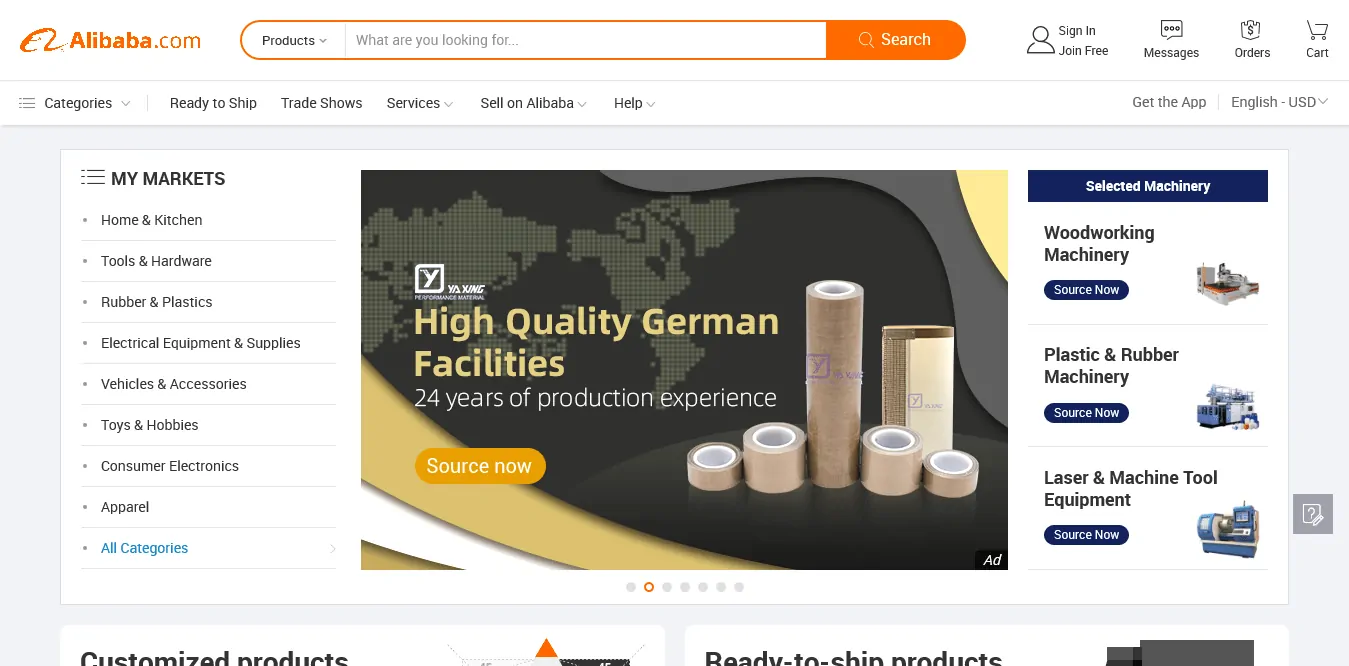
Alibaba is one of the big-name players in the e-commerce sector and it primarily focuses on promoting other businesses to trade and sell their products to other businesses via their online marketplace.
This brings us to –
The advantages and disadvantages that the B2B model offers.
Advantages of B2B Model
A Predictable and Stable Market
The B2B market is filled with businesses catering to other businesses. This means that sales and purchases are based on rational decisions rather than based on impulse decisions. This allows for more predictability.
Also, a buyer in B2C may or may not be a repeat customer but in B2B the deals and contracts tend to last longer – at least a year or more with guaranteed pricing and terms negotiated between the two parties.
Better Customer Loyalty
Since the B2B deals and contracts tend to last for years most of the time, it leads to the formation of a much better evolution of supply chain management. It brings about a collaborative mindset in distribution channels and this helps contribute to high levels of customer loyalty.
This can loyalty can be achieved by providing consistent and reliable service since B2B deals tend to be both costly and time-consuming. As long as you remain dependable and consistent, B2B loyalty is a given.
A Trillion Dollar Industry
The B2B ecommerce sector was one of the fastest-growing industries of 2018 and in March 2019, it breached the trillion-dollar mark. This is in total only accounts for 13% of the entire B2B sales. This in itself is a great incentive to get into the B2B field, since this growth is expected to continue for the time being. The market is ripe with the potential for newer businesses to take advantage of the rising sales and demand for B2B solutions and products.
Disadvantages of B2B Model
Smaller Customer Pool
Since the B2B market basically deals with businesses instead of individuals, it has fewer potential buyers and sellers at any given time. Unlike serving to the consumer market, selling niche or specialized products and services further limits your serviceable and potential clients.
Marketing Challenges
Marketing to other businesses is quite complex compared to marketing to regular consumers. While B2C businesses use social media and content marketing to bring in customers, B2B companies need to plan carefully before employing any of the marketing methods. Businesses tend to be more critical of the brand-image and status of the other business that they interact with. This means that B2B companies need to invest in quality staff in order to create polished and clear-cut marketing campaigns.
With the advantages and disadvantages of B2B businesses out of the way, let’s look at a few examples of B2B companies to get a better understanding.
B2B Companies Examples
As seen before, most companies, be it B2C or C2B or C2C or even B2B, all depend on basically at least one other company or business in order to function. This means that there are a lot of B2B companies serving other companies out there.
Here are five such examples of B2B businesses –
WeWork
WeWork is basically a real estate-cum-software based company that helps provide workspaces for businesses and entrepreneurs.

WeWork is a great example of a B2B company since it is basically a business that sub-lets office space for other businesses.
Slack
Slack stands for ‘Searchable Log of All Conversation and Knowledge’ and is an online platform that acts as a chat room with added features to it – making it easier to share content and messages all from the same platform.

Slack is a business that provides a communication platform service for other businesses.
LinkedIn is part social media and part B2B company. The social media aspect is well known. But LinkedIn also acts as the hub for most businesses to keep themselves informed about the happenings of the business world.

LinkedIn helps inform other businesses about market issues and help get to know others in their fields digitally.
IBM
International Business Machine (IBM) is a global software and technology company that provides hardware, software and cloud-based services to other companies.
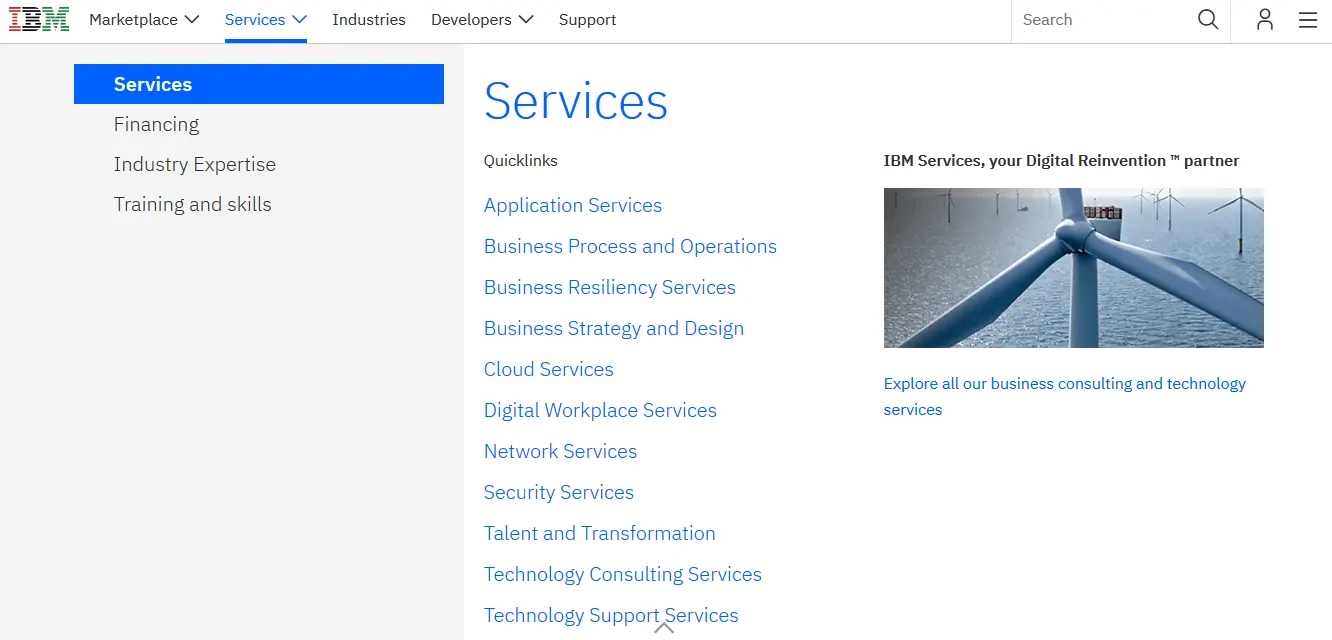
Though the company has dabbled in the consumer market, it’s primary operations always was in providing services for other companies making it one of the biggest and oldest B2B company in our list.
Conclusion
The B2B model is a fairly simple business model. It helps solve or provide services to other businesses while, at the same time, operating one on their own.
All the B2B companies that we listed above are all addressing pain points other businesses have and they have created a B2B business solution to help solve those pain points. And all it takes for you to start one is as simple as finding the market deficiencies at any time and help provide a solution to it.
Go On, Tell Us What You Think!
Did we miss something? Come on! Tell us what you think about our article on Business to Business (B2B) in the comments section.

Started out to become a developer but felt at home in the home of startups. The journey started from a single novel. Been an entrepreneur since schooling days. Interested in coding, reading and movies.
